Basil is one of the most beloved herbs in kitchens worldwide. Its fragrant leaves enhance sauces, salads, and pesto, while its aromatic presence brightens any garden. But basil is also a living plant, and improper harvesting can stress or even kill it, reducing future yields. Understanding the right way to harvest basil is essential for gardeners who want to enjoy continuous, lush growth throughout the season.
In this article, we will explore how to harvest basil without harming the plant, covering timing, techniques, and tips for maximizing both flavor and longevity.
Why Proper Basil Harvesting Matters
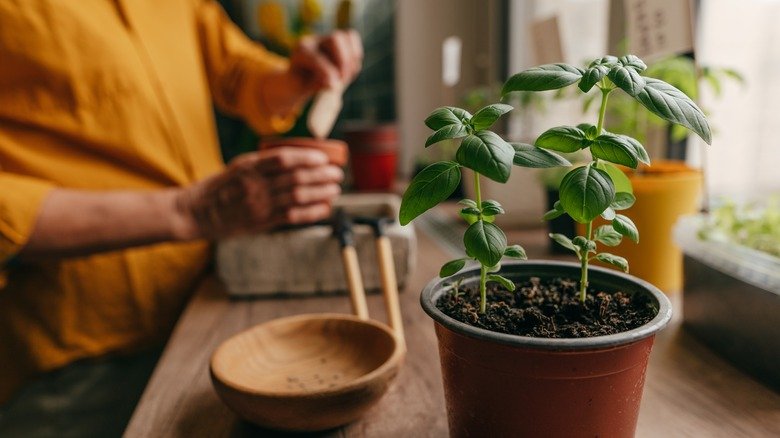
Basil is a tender annual herb (though some varieties are perennial in warm climates) that requires careful handling. Harvesting incorrectly can lead to:
- Reduced growth – Cutting too much at once or removing the wrong leaves can stunt the plant.
- Premature flowering – Pinching too few leaves or ignoring growth tips can lead to flowering, which diminishes flavor.
- Weak stems and less yield – Improper cuts can result in leggy plants with fewer leaves.
Proper harvesting techniques, however, encourage bushier growth, stronger stems, and longer-lasting plants, making the effort worthwhile.
Best Time to Harvest Basil
Timing is crucial when harvesting basil.
- Morning Harvest – The best time to pick basil is in the morning, after the dew dries but before the sun becomes too hot. This ensures leaves have the highest concentration of oils, making them flavorful and aromatic.
- Before Flowering – Always harvest before the plant flowers. Flowering directs the plant’s energy away from leaf production, reducing the quality and quantity of harvestable leaves.
- Regular Harvests – Frequent harvesting encourages new growth. Plan to pick leaves every 1–2 weeks during the growing season.
Tools for Harvesting Basil
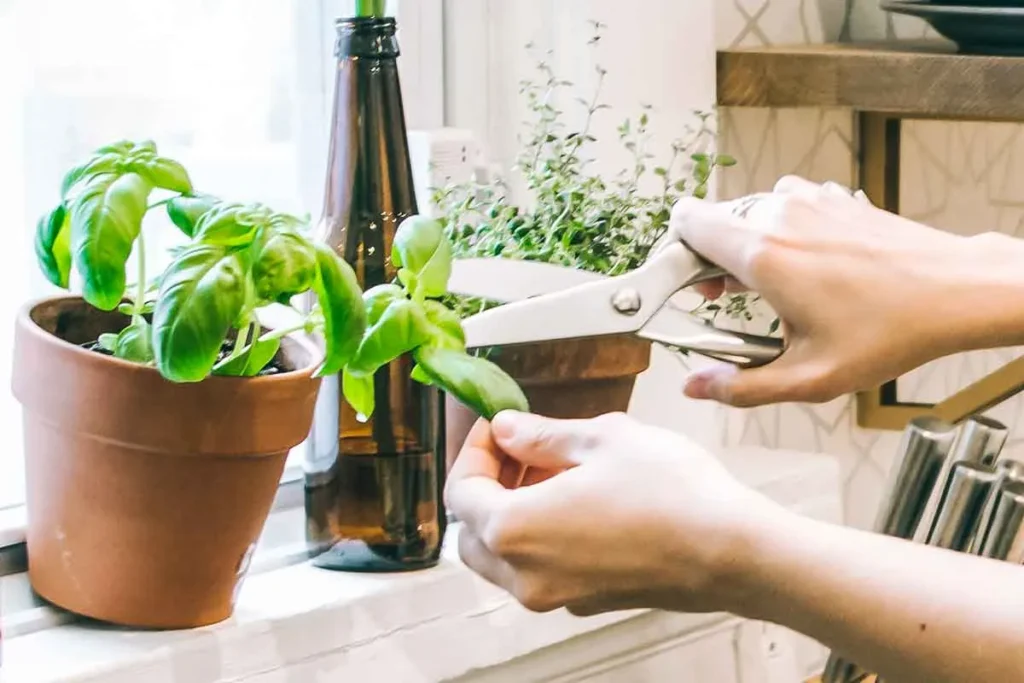
Using the right tools makes harvesting easier and reduces plant stress.
- Sharp Scissors or Garden Shears – Clean, sharp blades prevent crushing stems and leaves.
- Clean Hands – If harvesting by hand, gently pinch stems to avoid damaging surrounding foliage.
- Sanitizing – Clean tools prevent the spread of disease from plant to plant.
Step-by-Step Guide to Harvesting Basil
1. Identify the Right Stems
Look for stems with at least 6–8 leaves. Avoid harvesting very young stems or leaves near the base of the plant, as these are crucial for continued growth.
2. Pinch or Cut Above a Node
- Locate the node – A node is where leaves emerge from the stem.
- Pinch or cut above the node – This encourages two new stems to sprout from the node, creating a bushier plant.
- Avoid cutting too low – Cutting near the soil level can shock the plant and slow regrowth.
3. Remove Flower Buds
If you see flower buds, pinch them off immediately. Flowering diverts energy from leaf production and can make the leaves taste bitter. Regularly checking for buds is essential for maintaining flavor and yield.
4. Harvest Leaves Selectively
Rather than stripping all leaves from a stem, harvest selectively. Take no more than one-third of the plant at a time. This ensures the plant continues photosynthesizing efficiently and maintains healthy growth.
5. Handle Leaves Gently
Basil leaves bruise easily. Handle them with care to maintain flavor and shelf life. Wash leaves just before use, not at harvest, to prevent premature wilting.
Techniques for Encouraging Continuous Growth
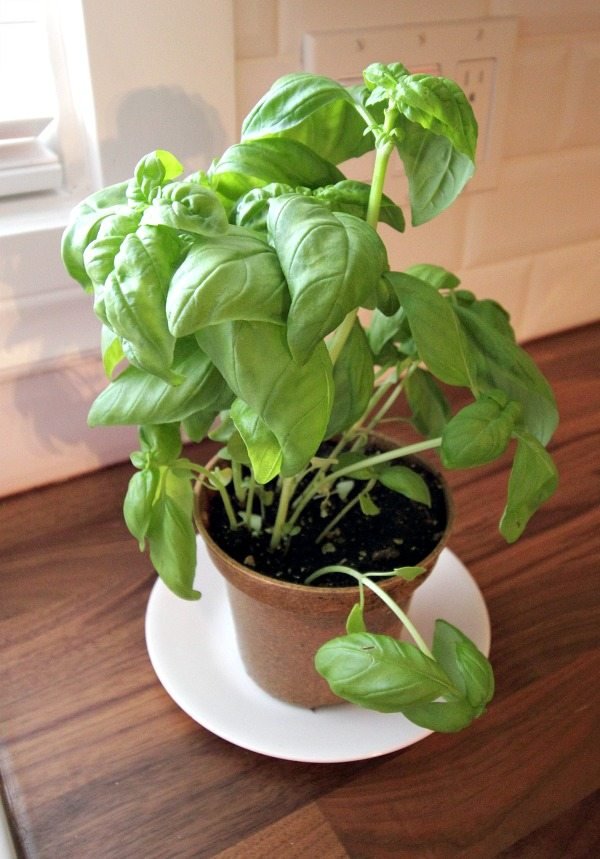
Proper harvesting not only preserves the plant but also encourages continuous production:
- Topping the Plant – Regularly pinch off the top 2–4 inches of the plant. This stimulates branching and leads to a fuller, bushier basil plant.
- Rotational Harvesting – Harvest from different parts of the plant each time to avoid stressing one section.
- Sunlight and Water – After harvesting, ensure the plant receives sufficient sunlight and water to recover quickly.
- Fertilization – Light feeding with organic fertilizer can help replenish nutrients after a harvest.
How to Store Harvested Basil
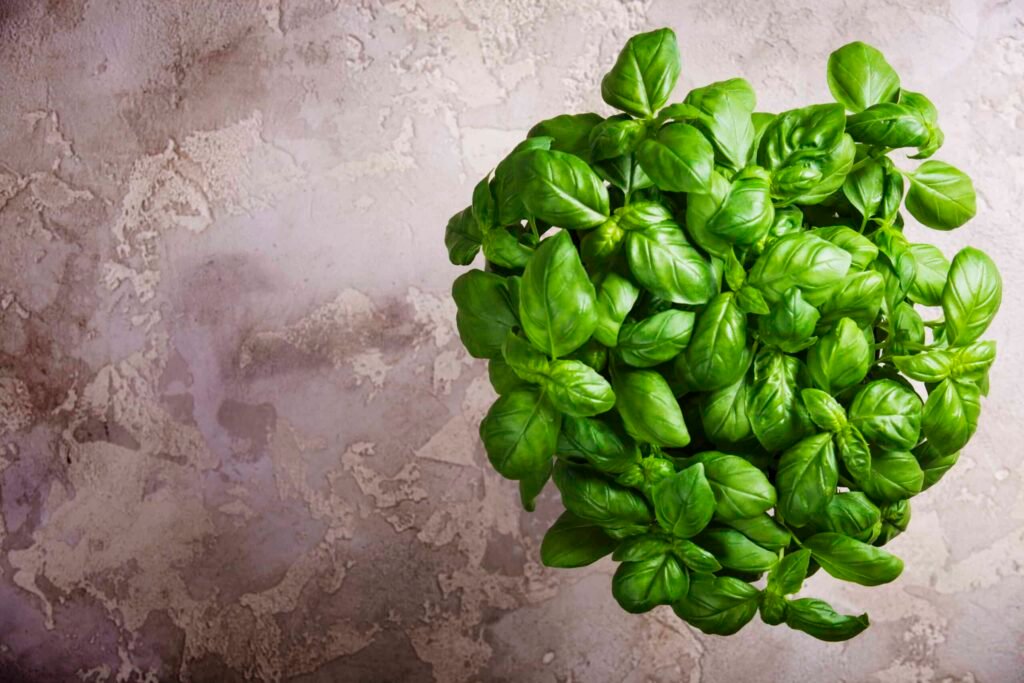
Freshly harvested basil is highly perishable. Proper storage extends usability:
- Short-Term Storage – Keep basil stems in a glass of water at room temperature. Cover loosely with a plastic bag to reduce wilting.
- Freezing – Chop leaves and freeze in ice cube trays with water or olive oil. This preserves flavor for months.
- Drying – Air-dry or use a dehydrator, though dried basil has a less intense flavor than fresh.
Common Mistakes to Avoid
- Overharvesting – Removing too many leaves at once weakens the plant.
- Ignoring Flower Buds – Allowing flowers to form reduces leaf production and flavor.
- Cutting Below Nodes – Cuts too low can stunt growth or kill the plant.
- Harvesting in the Heat of Day – Midday harvesting can stress the plant and reduce leaf oils.
- Neglecting Soil and Water Needs – Basil thrives in well-drained soil with consistent moisture; neglecting these essentials slows regrowth.
Companion Planting to Boost Basil Health
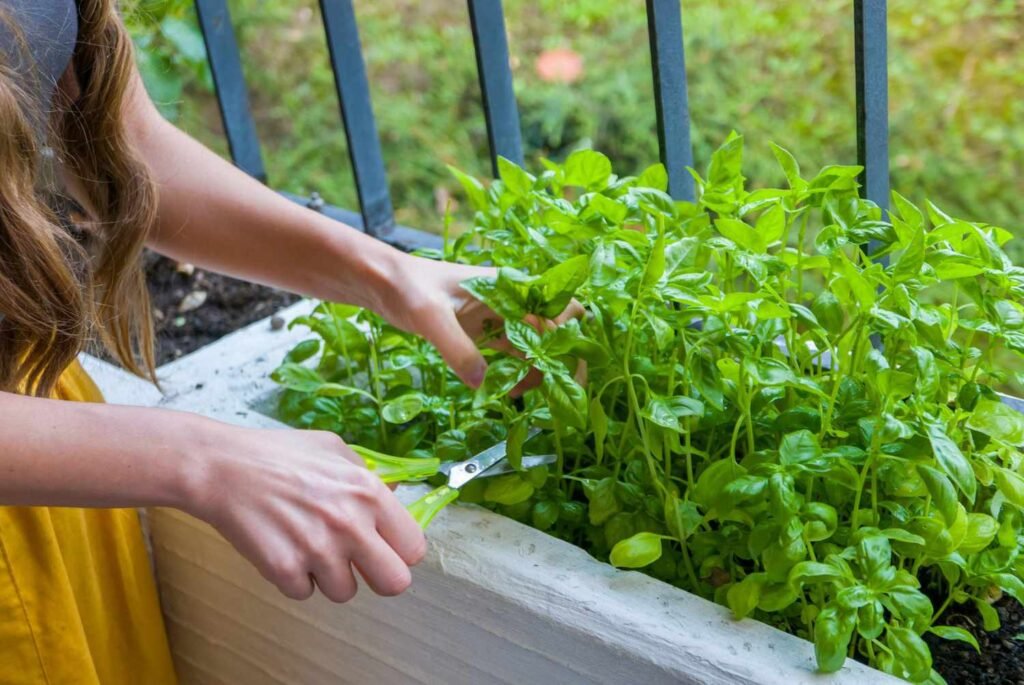
Basil benefits from certain companions that enhance growth and deter pests:
- Tomatoes – Basil improves tomato flavor and repels some pests.
- Peppers – Both benefit from pest-repelling properties and similar growing conditions.
- Oregano and Parsley – Help attract beneficial insects and maintain soil health.
- Marigolds – Repel nematodes and other pests, indirectly supporting basil.
Avoid planting basil near fennel, which inhibits growth, or heavy feeders like cabbage, which compete for nutrients.
Tips for Year-Round Basil Harvest
- Indoor Growing – Basil can be grown in pots indoors under bright light for continuous harvesting.
- Pinching and Pruning – Consistent removal of leaves and tips encourages new growth throughout the year.
- Propagation – Use cuttings from healthy stems to start new plants, ensuring a continuous supply of basil.
Conclusion
Harvesting basil correctly is the key to maintaining a lush, productive plant. By following these guidelines—harvesting in the morning, cutting above nodes, pinching off flower buds, and limiting harvests to one-third of the plant—gardeners can enjoy fresh, flavorful leaves throughout the growing season.
Proper techniques not only preserve plant health but also encourage bushier growth, stronger stems, and higher yields. Combined with good soil, adequate water, and strategic companion planting, basil can become a thriving, resilient part of any garden.
With care and attention, you can enjoy the fragrant, vibrant, and versatile leaves of basil season after season without ever harming the plant. Mastering the art of harvesting is not just about collecting leaves—it’s about sustaining life, flavor, and beauty in your garden.
